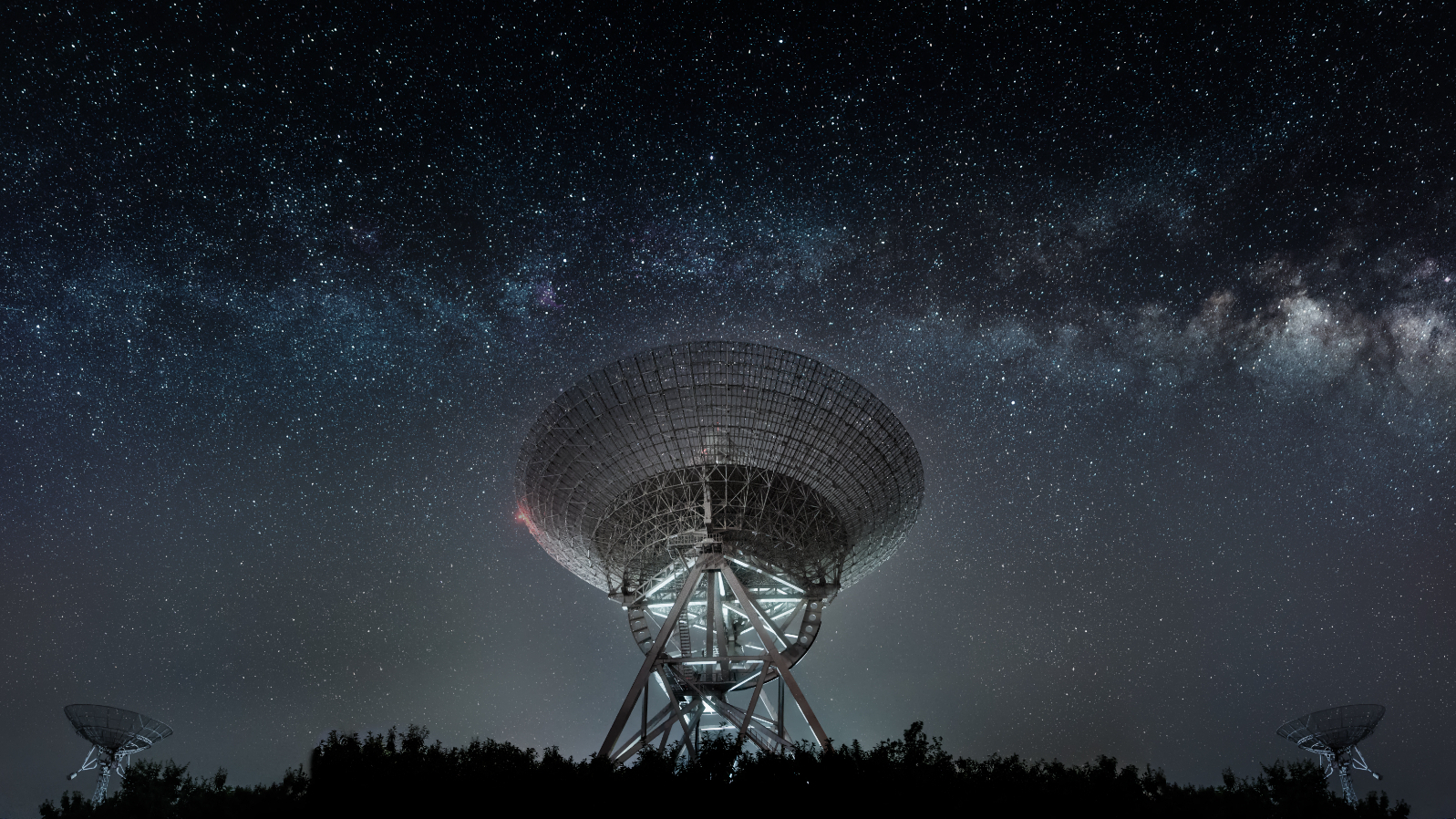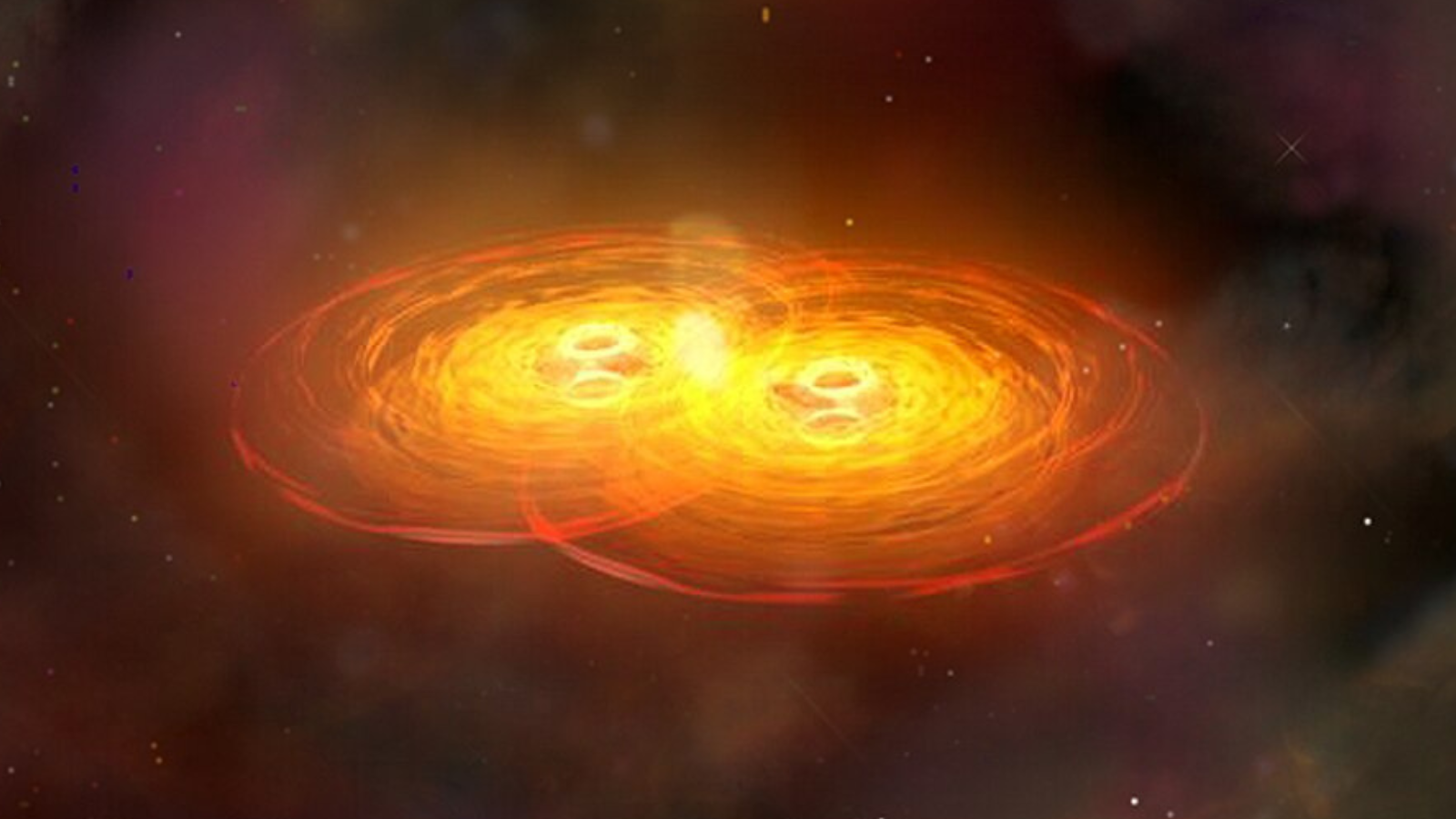Gravitational Waves: The latest discoveries and star crash news
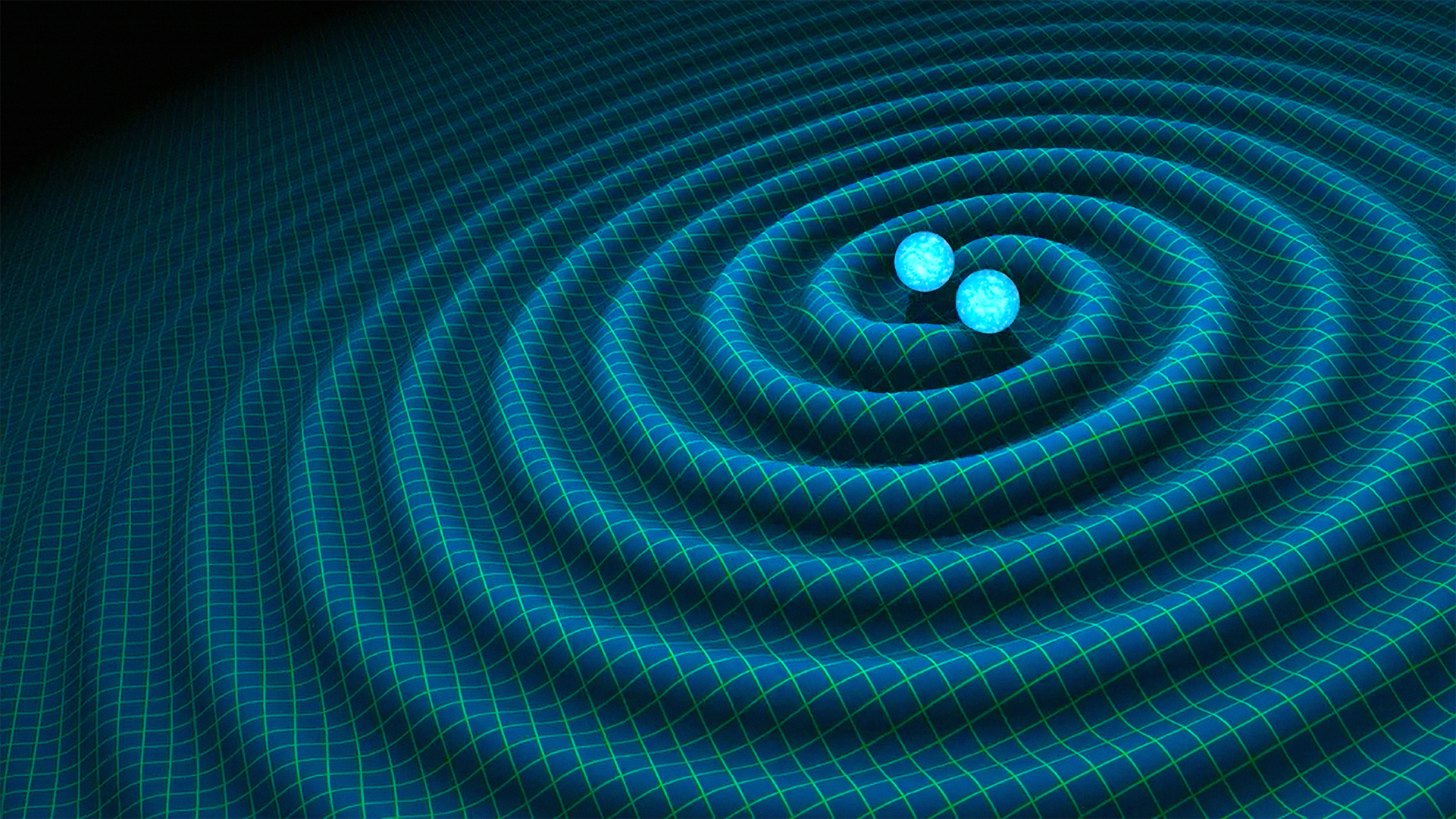
Gravitational waves are ripples in space-time created by the interaction of massive objects in space, such as black holes and neutron stars. Their existence was first predicted by Albert Einstein in his 1916 paper describing his theory of general relativity. In 2015, scientists made the first detection of gravitational waves, observing ripples from the collision of two black holes. The discovery won astrophysicists Kip Thorne, Barry Baris and Rainer Weiss the 2017 Nobel Prize for Physics. Subsequent observations have also detected gravitational waves from colliding neutron stars. Learn more about gravitational waves here.
Related Topics: Black Holes, Dark Matter, The Theory of Relativity in Space
Join our Space Forums to keep talking space on the latest missions, night sky and more! And if you have a news tip, correction or comment, let us know at: community@space.com.
Latest about gravitational waves
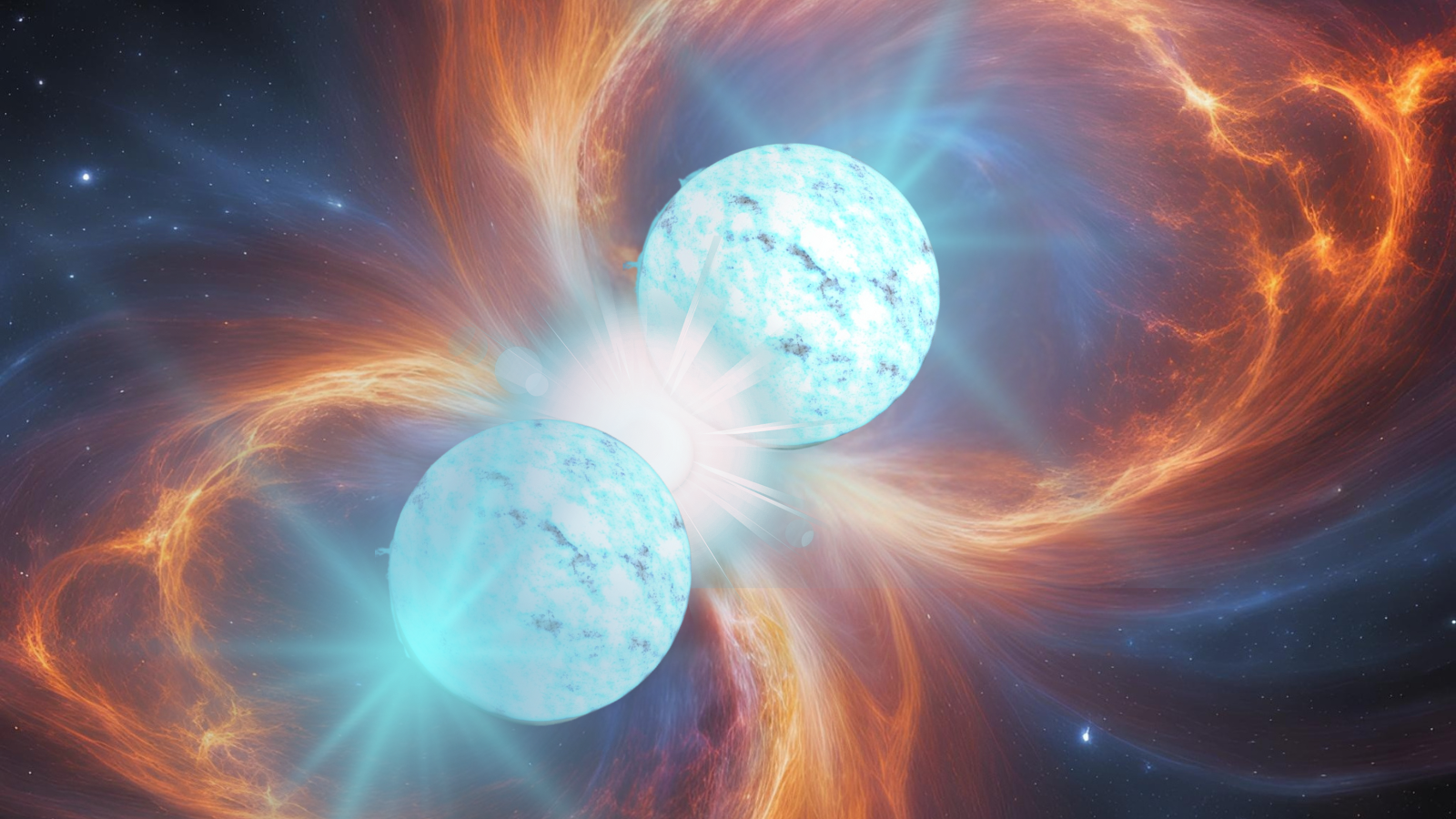
Gravitational waves could turn colliding neutron stars into 'cosmic tuning forks'
By Robert Lea published
Scientists have discovered that gravitational waves could turn neutron stars into cosmic tuning forks with characteristic reverberations that reveal their interiors.
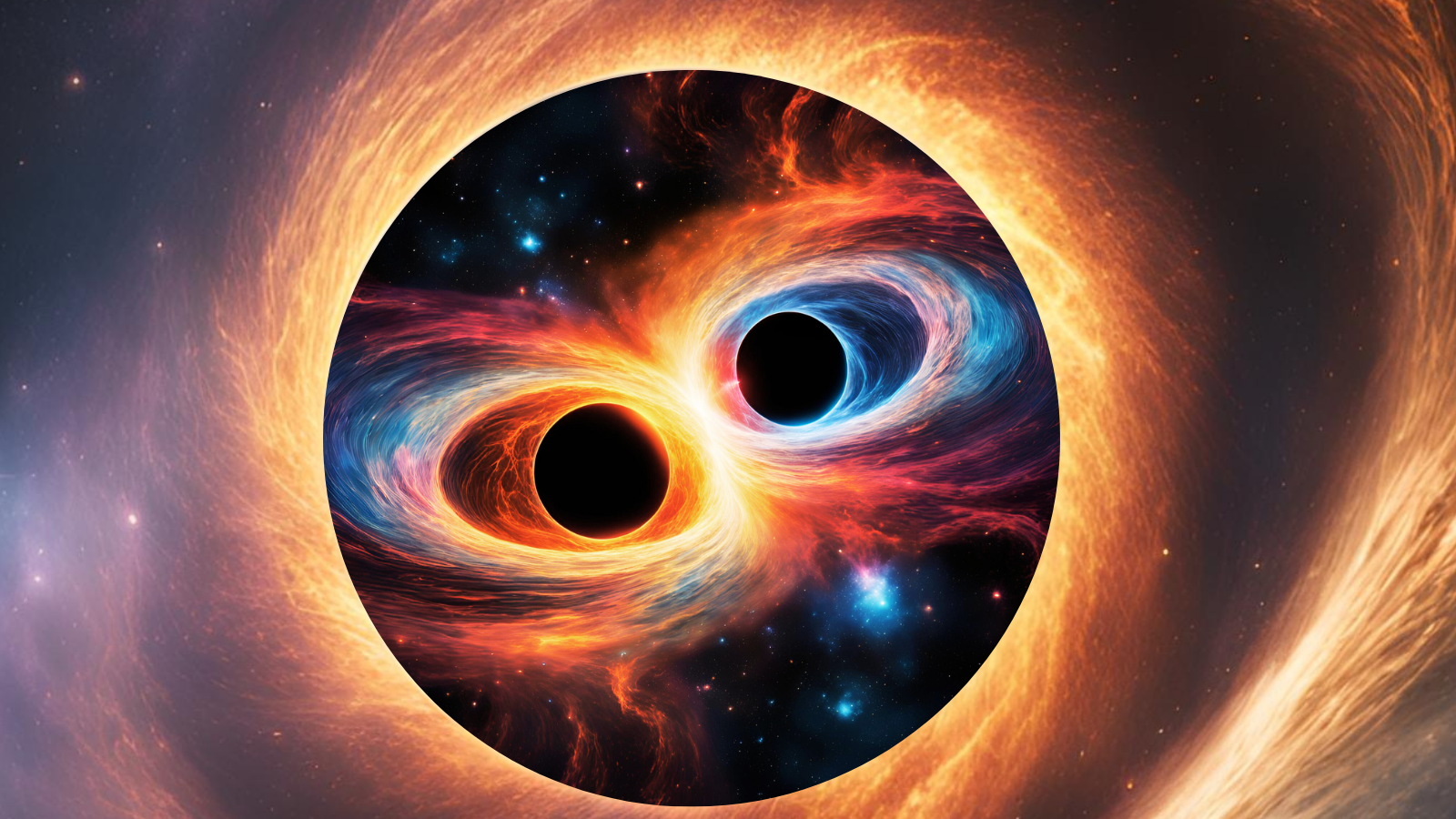
Gravitational waves offer a 'cosmic DNA test' for black holes
By Robert Lea published
The size and spin of black holes can reveal how and where they were born, and gravitational waves offer a way to decode this information like a cosmic DNA test.
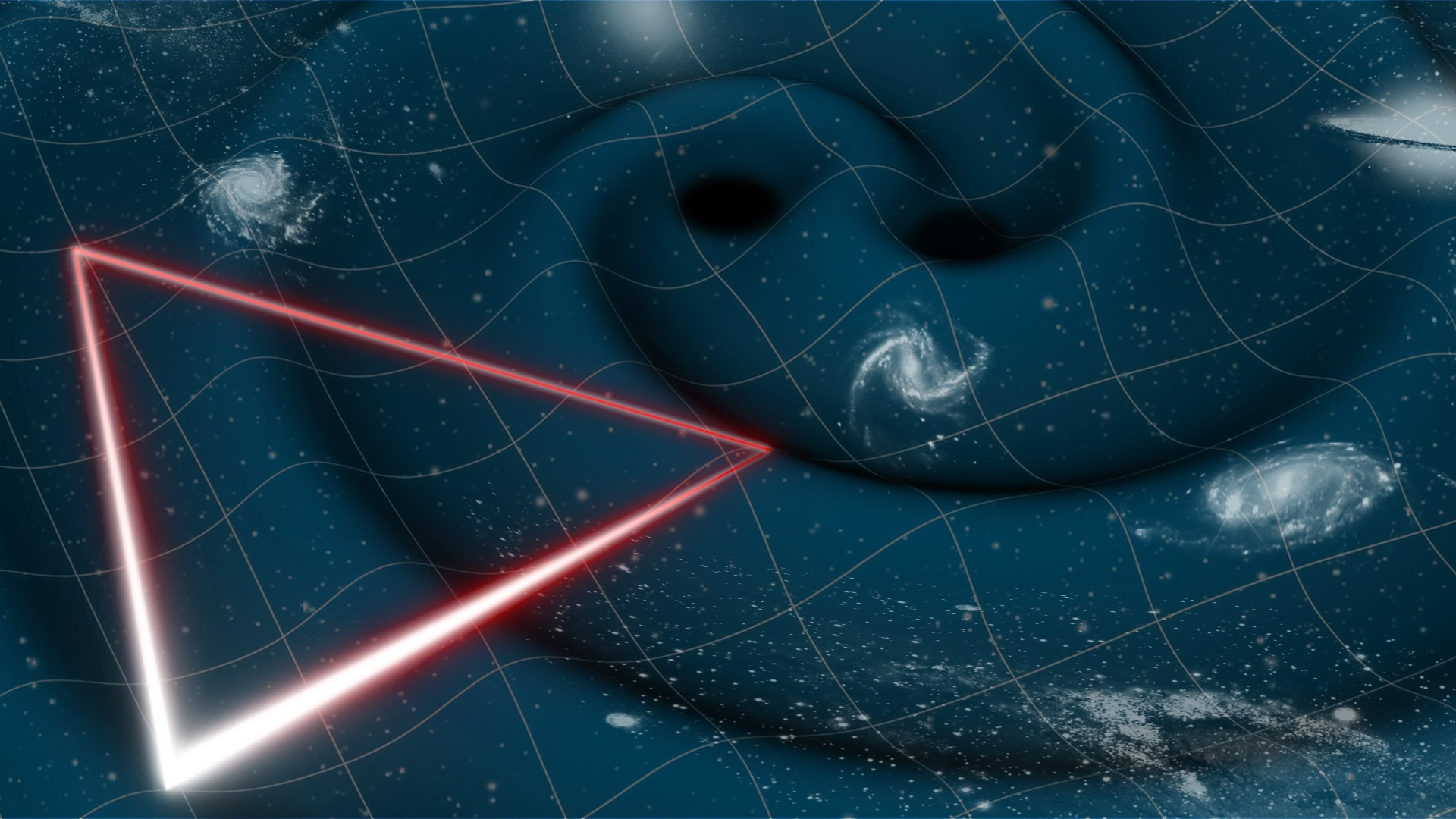
Black hole paradox that stumped Stephen Hawking may have a solution, new paper claims
By Paul Sutter published
As black holes slowly vanish through Hawking radiation, their information may be preserved in subtle space-time ripples, a new theory suggests.
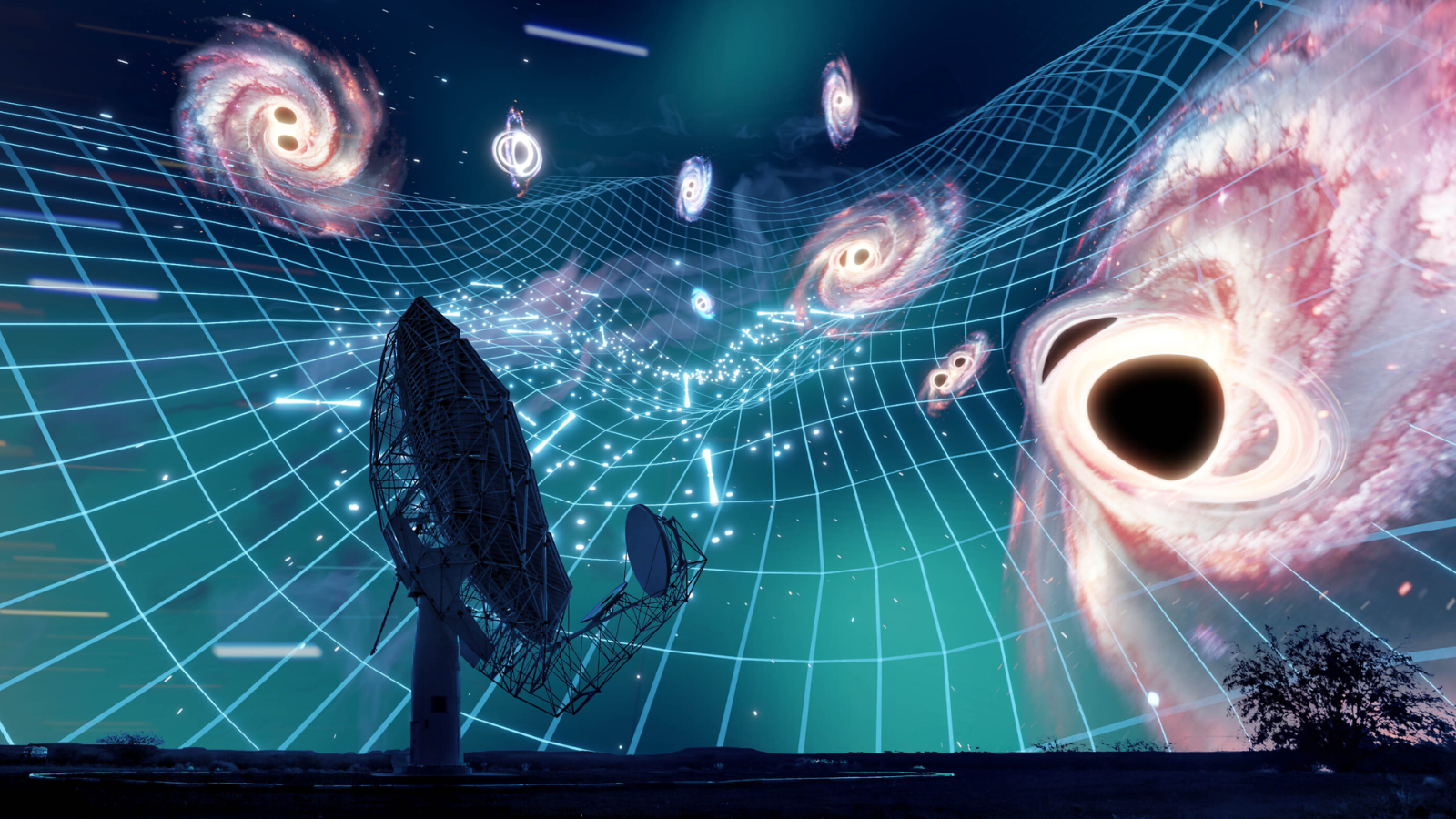
Hidden black holes could be revealed by gravitational wave map of the cosmos
By Robert Lea published
A map of the universe in gravitational waves could reveal "hidden" black holes, supermassive black hole collisions, and the large-scale structure of the cosmos.
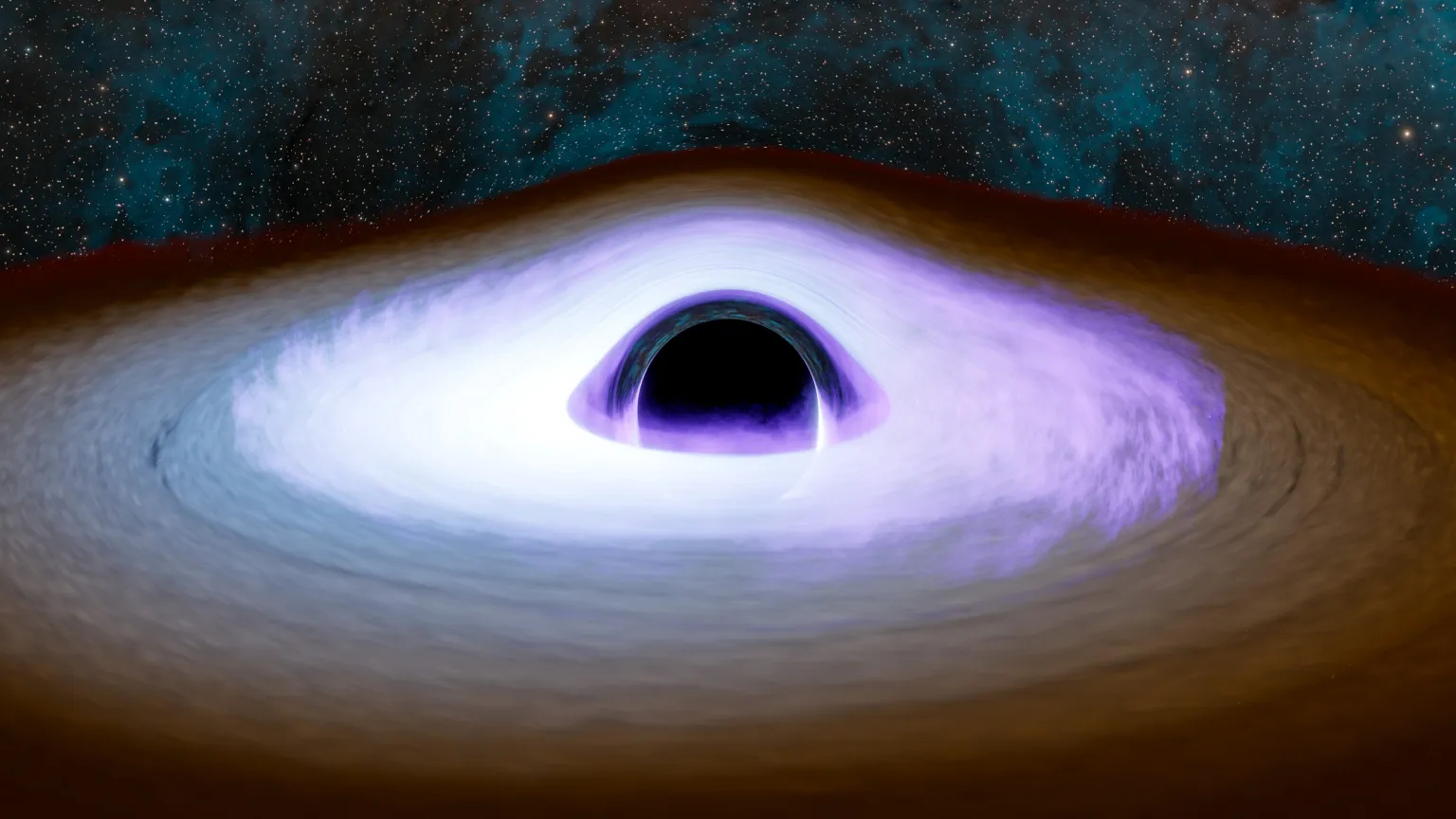
Dark matter might make space-time ring like a bell around black holes — and we might be able to 'hear' it
By Paul Sutter published
To explain why dark matter particles haven't come up in any direct detection experiments, physicists have wondered if it may be a kind of particle known as an axion.
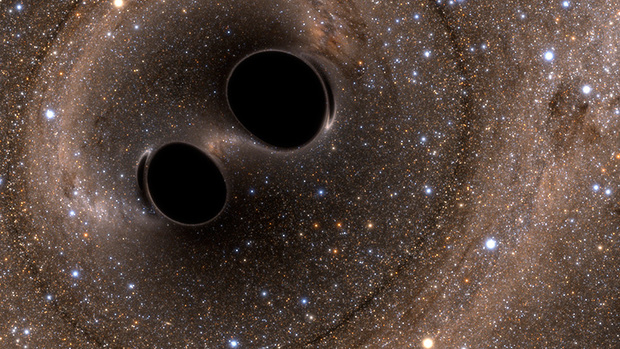
What happens when black holes merge?
By Paul Sutter published
Space mysteries Black hole mergers are beautiful — and some of the most violent events in the cosmos. Here's how the process unfolds.
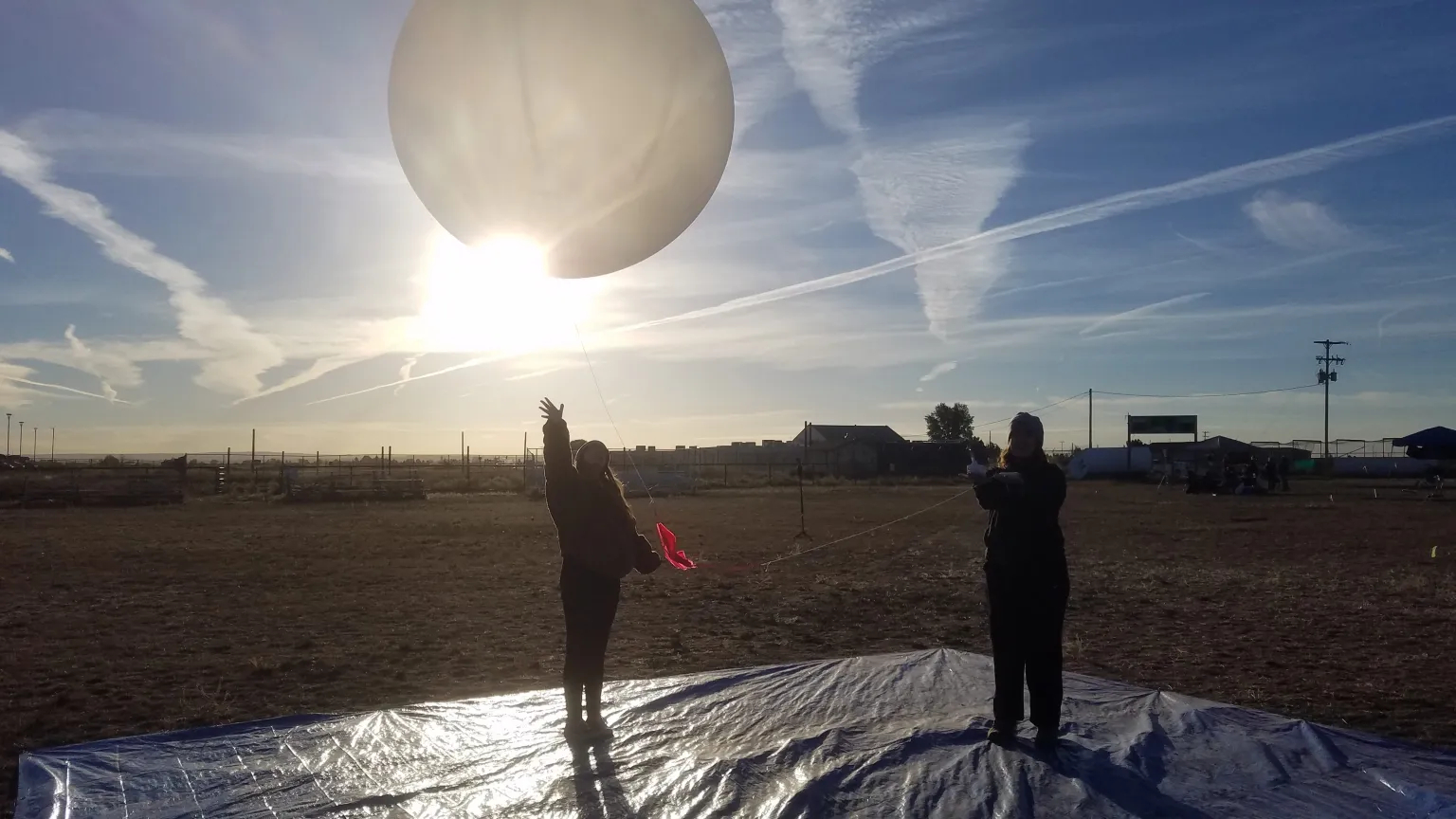
College students confirm long-held prediction about atmospheric gravity waves
By Meredith Garofalo published
College students are making "waves" with a discovery they made during the annular solar eclipse on Oct. 14, 2023.
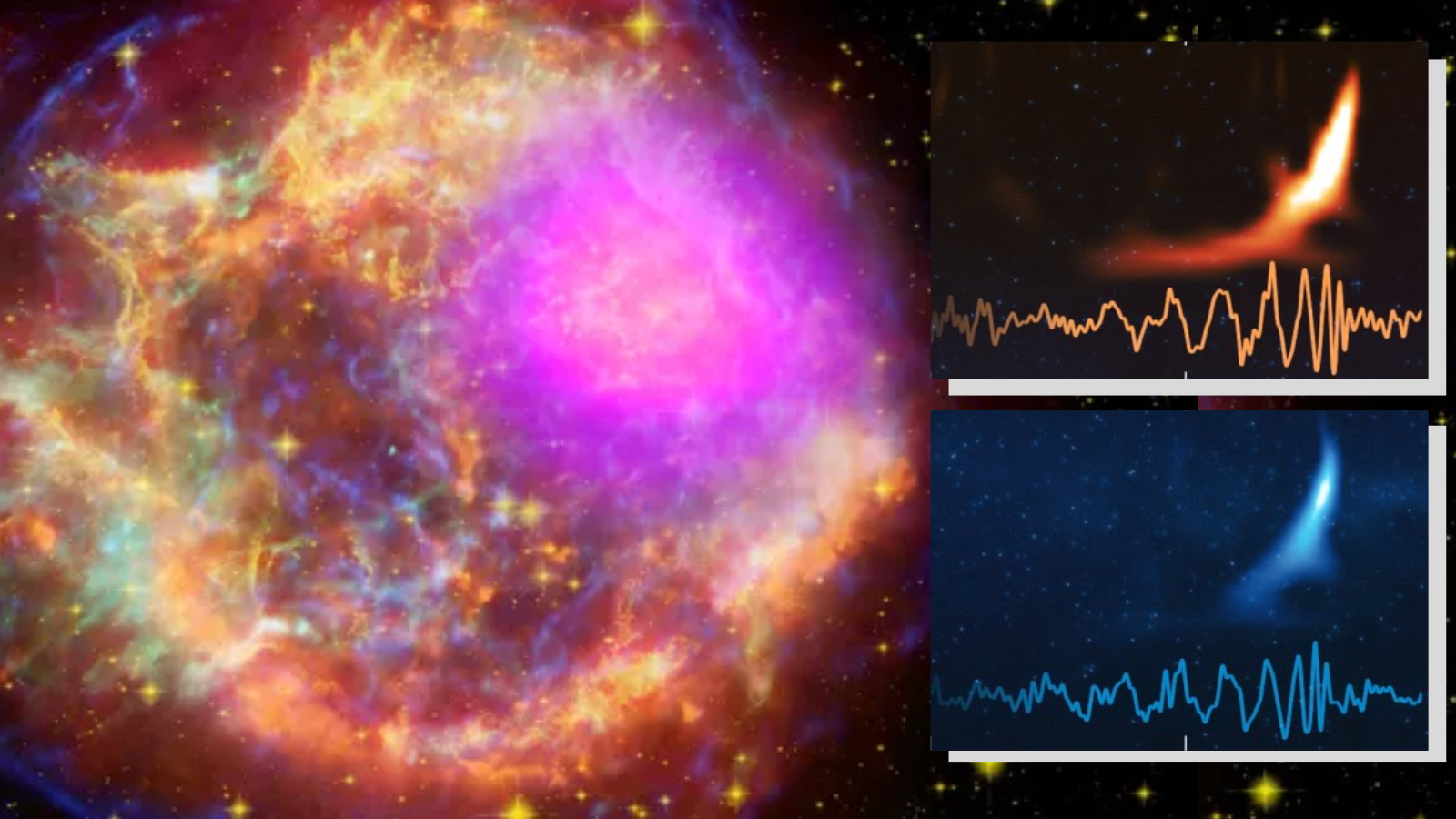
Black hole or neutron star? Gravitational wave 'chirps' can tell us what becomes of dying stars
By Robert Lea published
The current generation of gravitational wave detectors could "hear" supernovas over 65 million light-years away, helping scientists determine if a dying star creates a black hole or a neutron star.
Get the Space.com Newsletter
Breaking space news, the latest updates on rocket launches, skywatching events and more!
